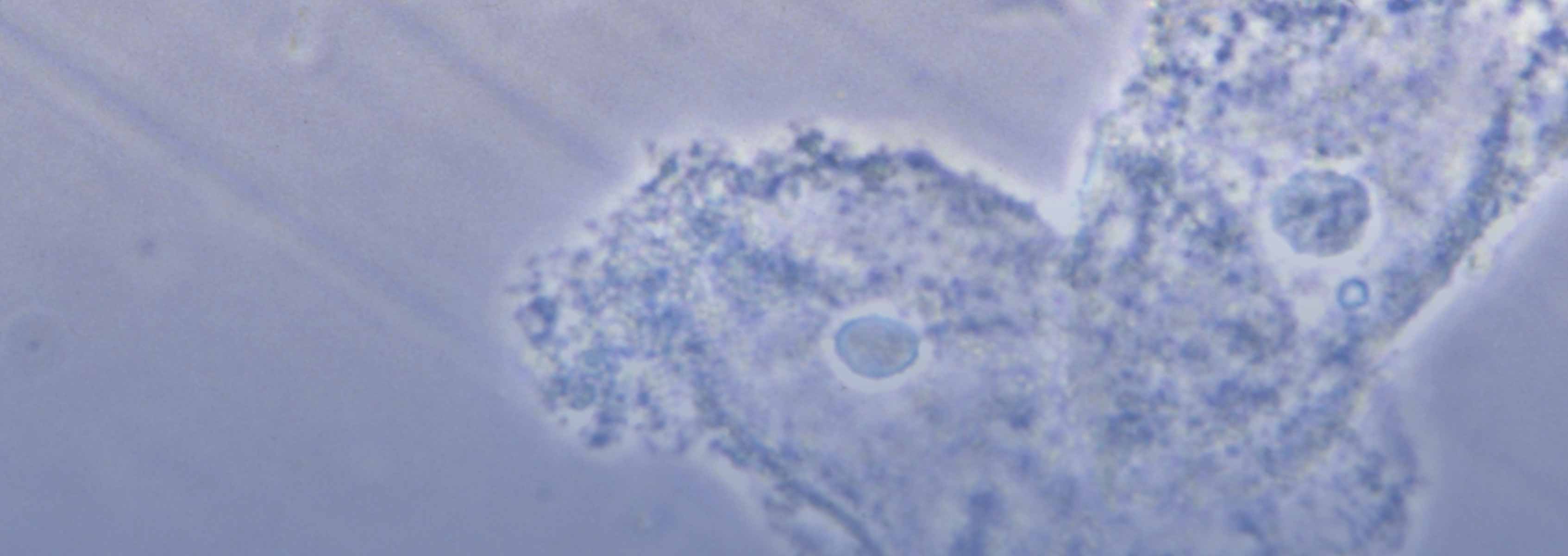A Metagenomics Approach to Understanding the Relationship Between the Vaginal Microbiome, Bacterial Vaginosis, Vaginal Health and Preterm Birth

Bacterial Vaginosis (BV), also called nonspecific vaginitis or Gardnerella-associated vaginitis, is a condition that is estimated to affect 10-15% of women of reproductive age. The condition is caused by an imbalance of the vaginal microbiome and is associated with genital tract infections. This imbalance causes in an increased risk of ectopic pregnancy, pelvic inflammatory disease, chronic pelvic pain, and tubal factor infertility. Diagnosis of BV is currently based on the results of the "Amsel's criteria": presence of a homogeneous discharge; vaginal pH greater than 4.5, potassium hydroxide test for volatile amines, and the microscopic presence of clue cells, which are bacterial covered vaginal epithelial cells. It is thought that there is a shift in the vaginal microbial community from mainly Lactobacillus species to a more diverse polymicrobial community.
Paradoxically, the same microbial species can be found in the vaginal tract of BV positive and asymptomatic women, illustrating a gap in our current knowledge of the pathophysiology of the female genital tract. For pregnant women, BV increases the risk of preterm premature rupture of membranes, preterm labor, and late miscarriage. Preterm delivery in the U.S.A. is the most significant factor contributing to neonatal morbidity and mortality with an annual cost to society in 2005 of at least $26.2 billion dollars. An abnormal vaginal microbiome has also been correlated with shortening of the cervix during pregnancy, which is a known risk factor for preterm delivery.
The main question we hope to answer in this study is "What is the relationship between the vaginal tract microbiome and preterm birth?" Culture-independent studies of the vaginal microbiome have targeted only the prokaryotic community by sequencing the 16S rRNA gene, neglecting the other potentially key microbial components: bacteriophage, viruses and fungi. Furthermore, none of these investigations looked at the metabolic potential, through analysis of functional gene content, of the vaginal microbiome, which will be investigated in this study.
We will use high throughput genomic technologies (454 and Illumina) to survey the fungal, bacterial, phage and viral microbiomes as they relate to BV and preterm birth. Microbial and functional gene predictions (annotation and construction of genomes based on microbial reference genomes from the Human Microbiome Project; HMP) will be used to test the hypothesis that a defined set of microbial taxa or gene(s) can be predictors of increased risk and incidence of preterm birth. These microbial genetic markers will lead to novel and rapid diagnostics that will ultimately provide physicians with predictors of risk for BV and preterm birth.
Funding
This project was funded through the National Institutes of Health (NIH).